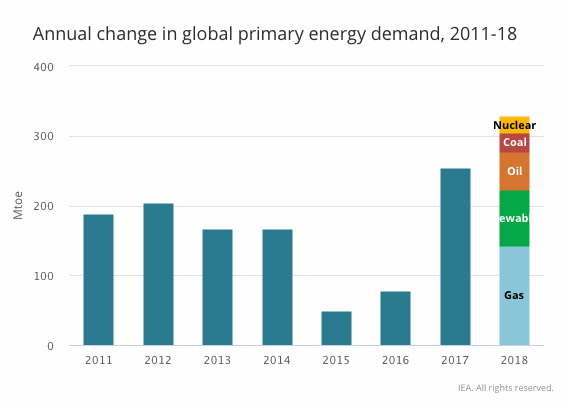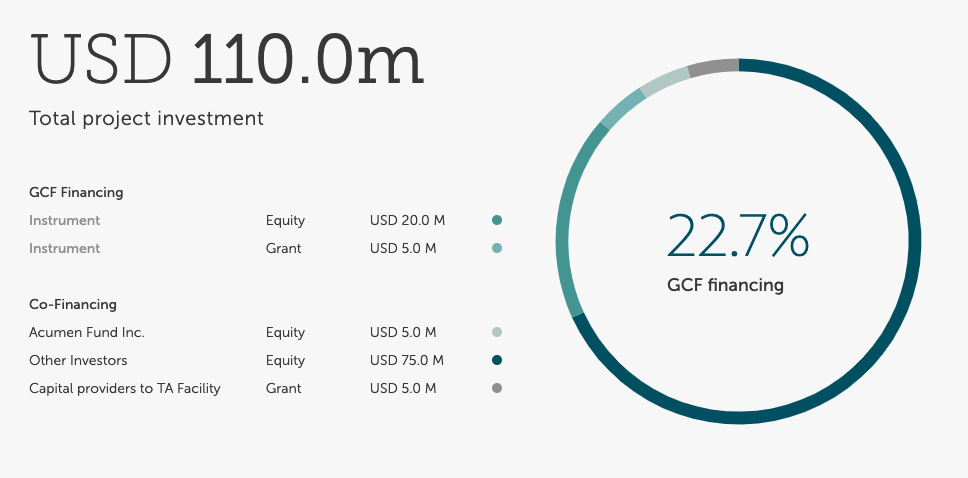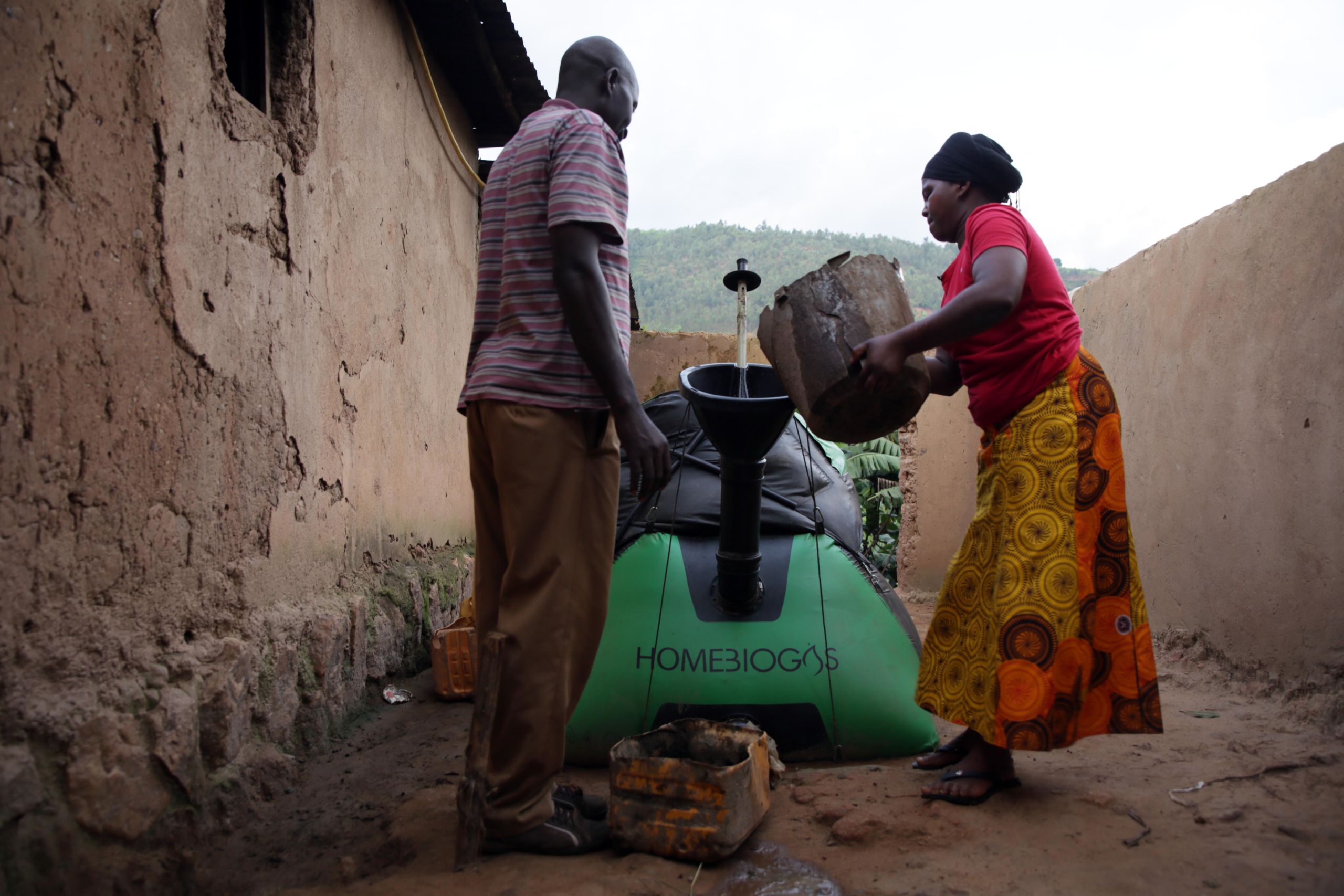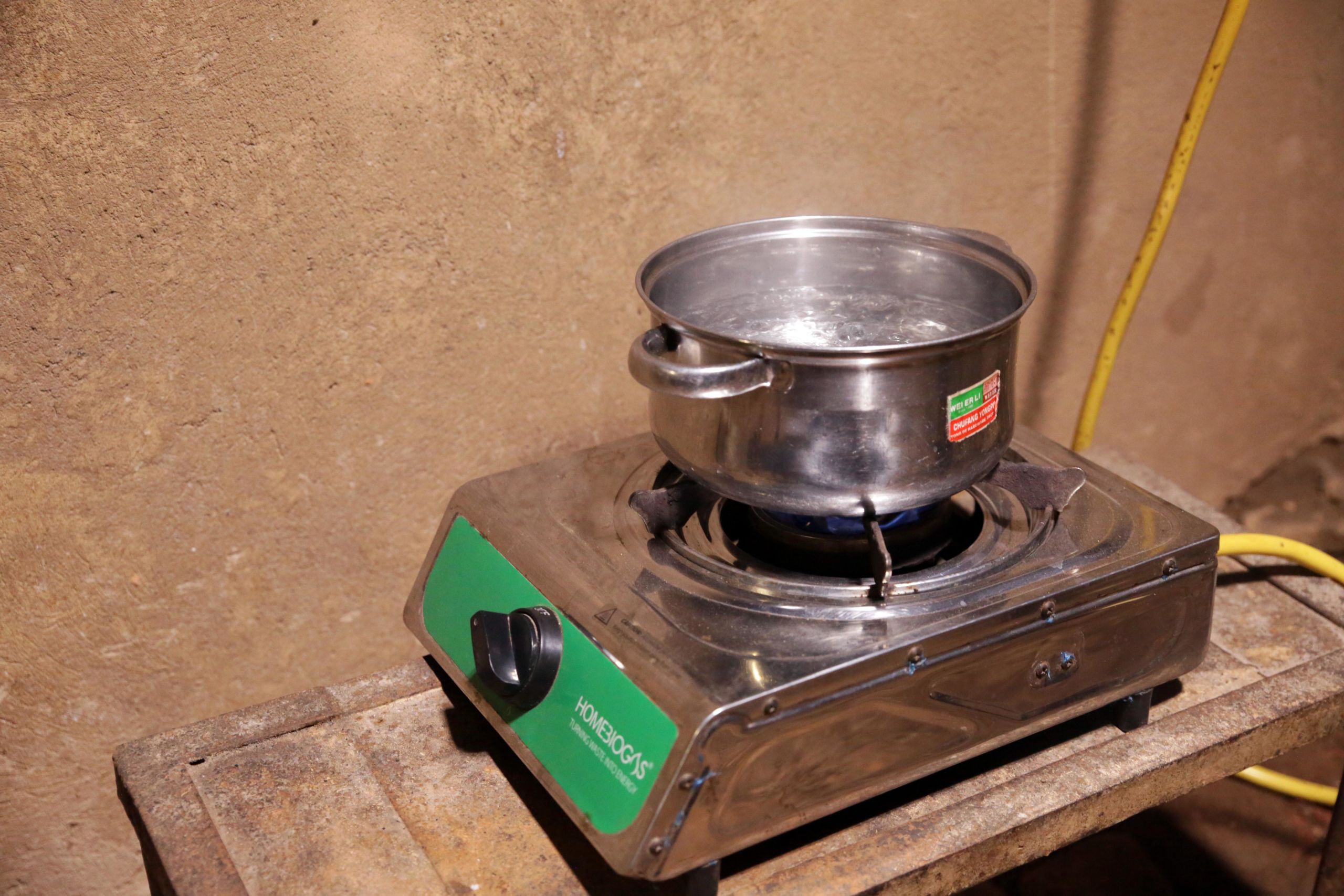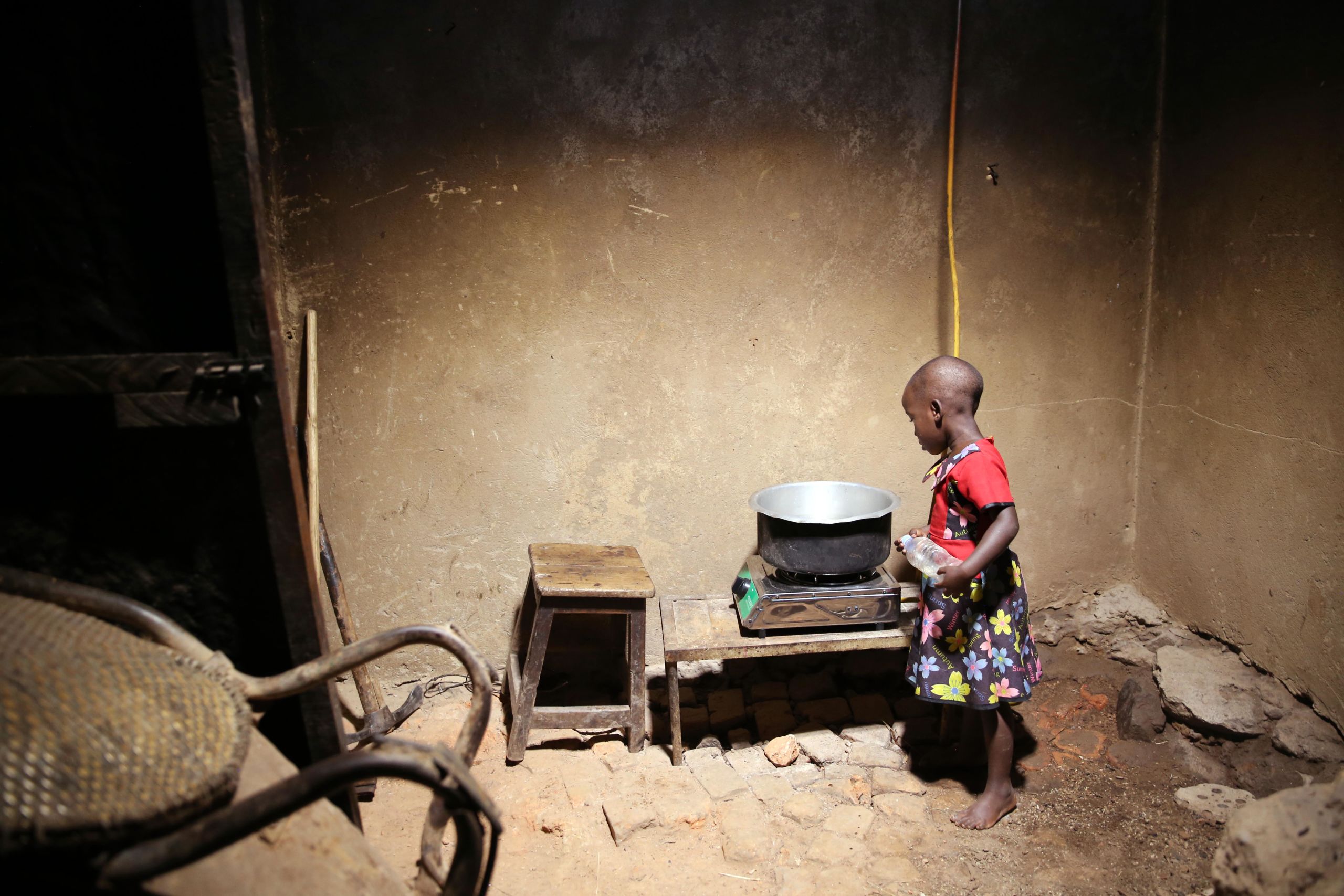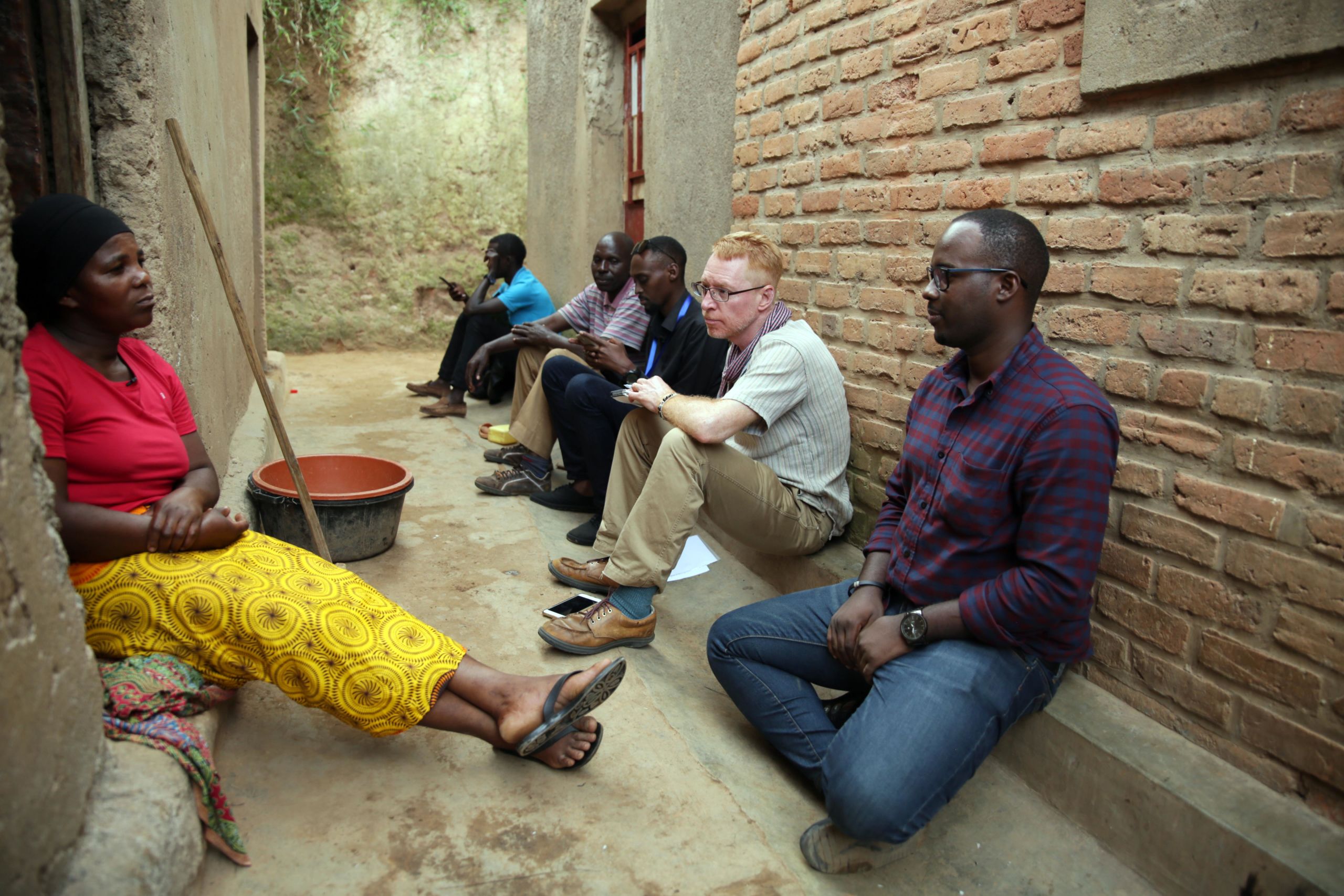Giving power to the people,
minus the emissions
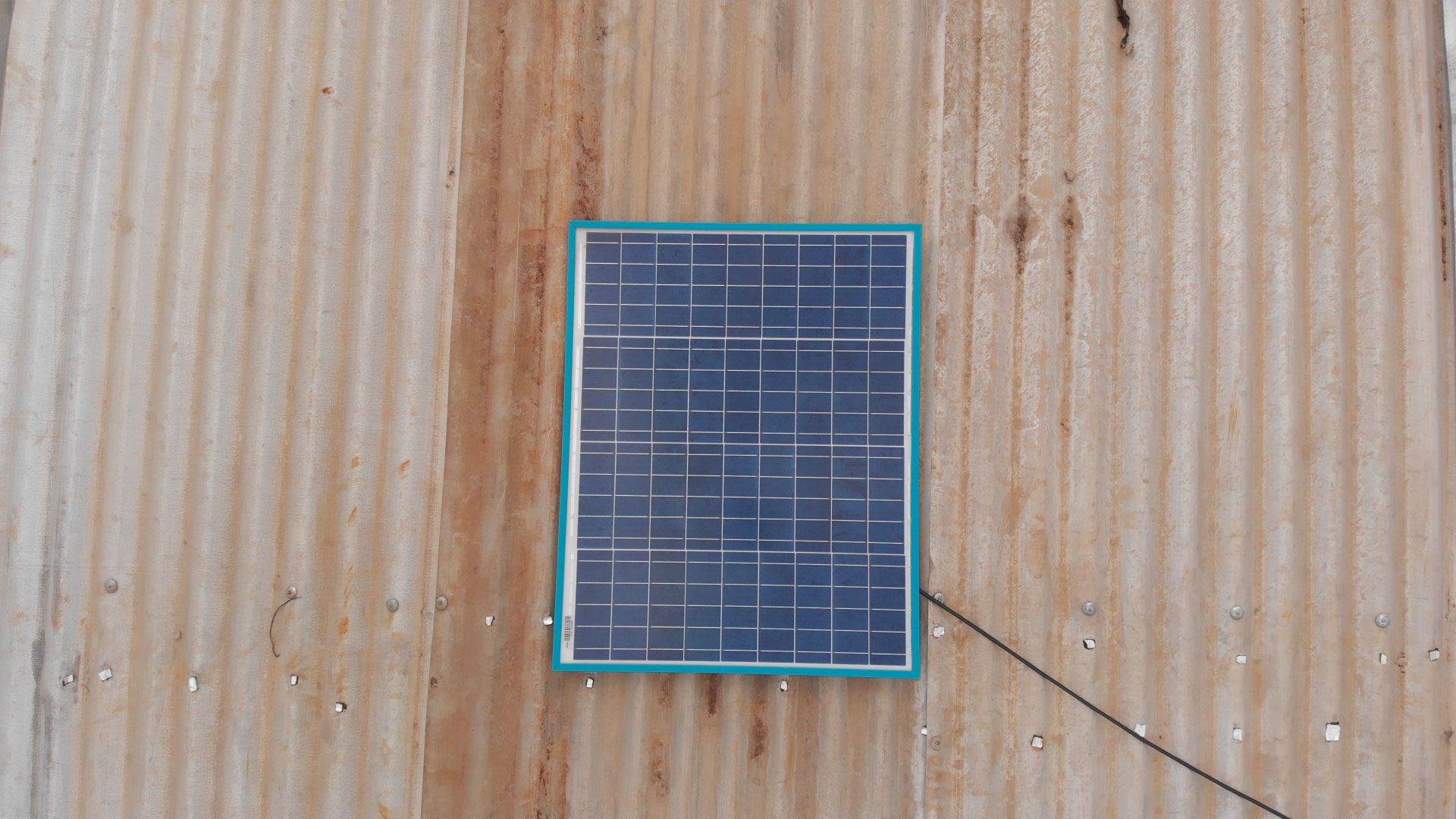
The Green Climate Fund (GCF) is helping support the renewables revolution with key investments in developing countries to generate new markets and expand nascent ones. But even as the world’s largest dedicated climate finance fund, GCF cannot hope to transfer the vast amounts of financing needed to shift the energy paradigm to new low-carbon levels. That is why it works closely with businesses to marshal private sector funds to expand the reach of renewables. GCF has joined the US-based impact funder Acumen to tap the power of businesses in driving new markets in renewables that at the same time addresses the lack of access to energy in East Africa. Read here to find more about this pioneering endeavour.
Closing the energy gap
Access to energy is a barometer of global equity. A reliable source of power is essential - both to allow people to live modern, electronically interconnected lives and for counties to generate the national economic growth that lies at the bedrock of contemporary development. It is easy for those whose lives are founded on the presumption they always have 24-hour power to forget this is not a given everywhere. The reality is that about 840 million people still live without electricity. Sub-Saharan Africa is one of the regions with the least access to power. Here 573 million people - more than one in two – don’t have electricity.
That is why the Green Climate Fund (GCF) has joined with US-based high impact funder Acumen to help fill this yawning energy deficit with renewable power. GCF and Acumen are partners in the KawiSafi Ventures Fund, an innovative incubator of private sector investment in off-grid, mostly solar, renewable power in East Africa. The Nairobi-based KawiSafi fund is already making inroads in Kenya and Rwanda to help the energy poor while also addressing climate change at the same time.
Providing affordable and reliable power to the energy deficient is recognised as the seventh Sustainable Development Goal. While increasing energy access will not always lead directly to poverty alleviation, the provision of a regular power supply for the majority of a nation’s population is a precondition for enhanced national growth. Previously, it was assumed enhancing electricity access to the energy deficient required setting up similar power infrastructure systems now prevalent in developed countries.
SDG7 - Ensure access to affordable, reliable, sustainable and modern energy for all
SDG7 - Ensure access to affordable, reliable, sustainable and modern energy for all
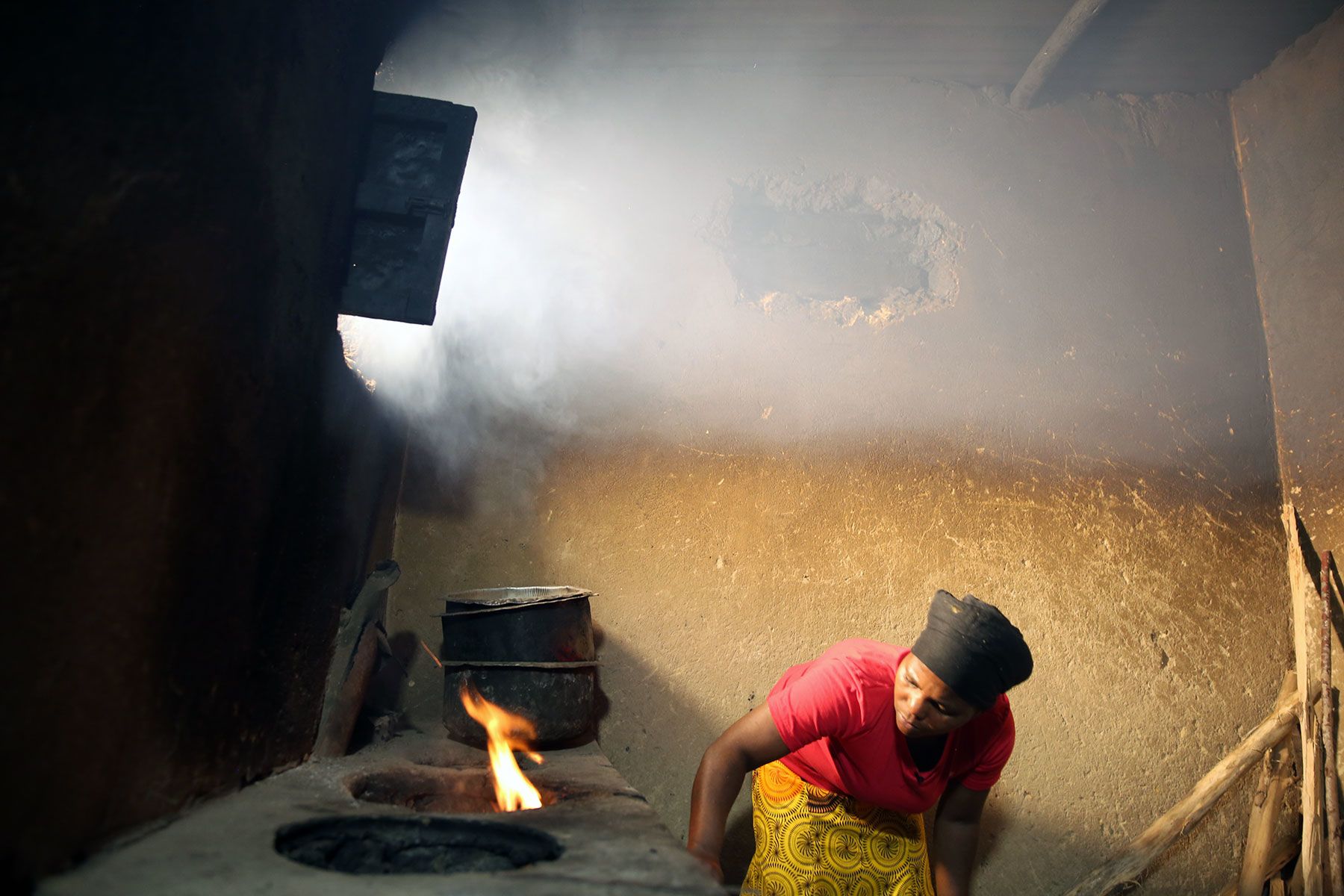
This entailed building large-scale generators that burn coal, oil or gas to supply energy to industries and households through vast electricity grids. The mirroring of these earlier established approaches to generating power by energy deficient countries, however, is no longer a safe option for the planet. We now realise the greenhouse gases released by the use of fossil fuel-powered electricity grids is a major cause of the accelerating climate emergency.
The challenge then lies in finding ways to power our increasingly energy hungry world across the spectrum of different national development stages in ways which don’t crash the planet. The dual energy demand and climate change challenge is stark. The resumption of rising CO2 emission in 2017 after a four-year hiatus was attributed mainly to the growing global thirst for more power. The International Energy Agency has found that energy demand increased 2.3 percent in 2018, its fastest pace in the last decade, pushing energy-related emissions up by 1.7 percent. Global electricity demand rose by 4 percent in 2018, nearly twice as fast as overall energy demand, and at its fastest pace since 2010.
It is difficult for nations which have already established generally high living standards, based on economic growth from fossil fuel-based energy, to question the right of developing nations to strive for equal levels of energy access. The crux of the energy-climate-development conundrum lies in supporting developing countries’ efforts to generate flows of reliable power which don’t open up new emission floodgates.
GCF investment powers African renewables revolution
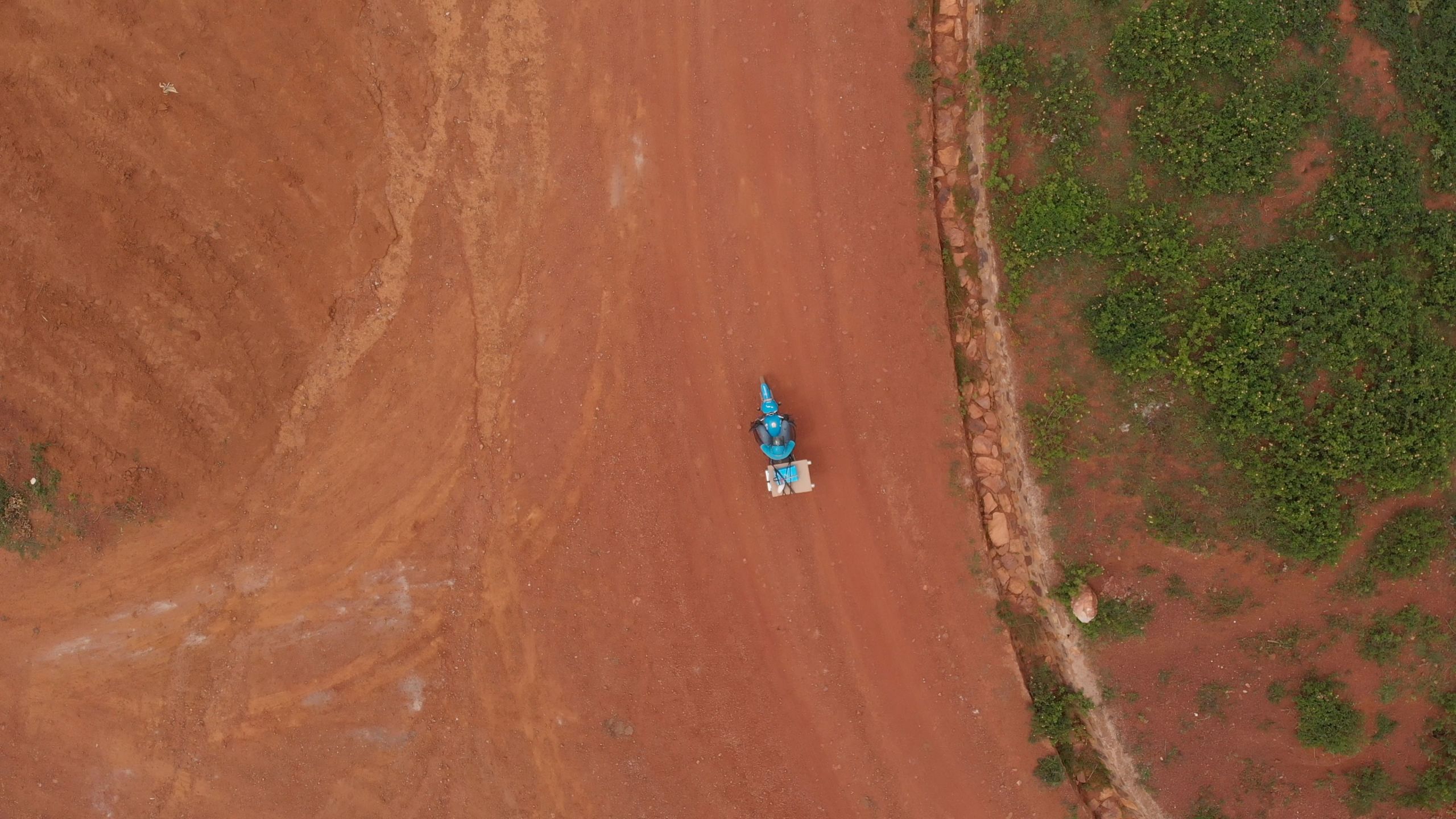
To help address this conundrum, GCF has provided USD 25 million to help KawiSafi invest in East Africa. This matches well with GCF’s goal of providing niche climate finance to create the new sustainable markets of the future. The ultimate goal of the KawiSafi Ventures Fund is to provide financial backing for up to 15 low-carbon energy companies to invest across the region.
One of GCF’s longest standing climate finance initiatives in its four years of operations, the KawiSafi Ventures Fund is already making inroads in electrifying parts of Kenya and Rwanda – the first two targeted countries in this programme. The African focus of this climate finance initiative aligns well with global development priorities. The lack of power is a major constraint to many African nations’ plans to accelerate poverty-alleviating paths to enhanced development. The potential to enhance electrification in East Africa is enormous. In Rwanda, about 70 percent of people are not connected to a main electricity grid, while the comparable figure in Kenya is 80 percent.
Those whose lives are empowered by the conveniences of modern life seldom think beyond the flick of a switch. Whether it be turning on a television, listening to music, charging a mobile phone or even just switching on a light, few people in developed countries pause to contemplate their connection to the vast electric infrastructure. For Rwandan resident Francine Mushambokazi, 55, the access to electricity from solar panels on her house’s roof means she can now sleep easier.
“Before, the only way we could get light at night was with kerosene and candles,” she said during a GCF project impact inspection to her home in Kaserujeje village in the Nyamata region (about a two-hour drive south of the Rwandan capital of Kigali.)
"We would live in a state of worry that a kid might go to bed without blowing it (a candle) out and fire catches the mattress burning the children and everything in the house."
Ms Mushambokazi said she remembered a night when one of her seven children would have accidentally set fire to their home with a misplaced candle if she and her husband had not intervened just in time. While they were able to avert a family disaster it was a close thing as their son’s clothes were singed during the incident. She added the relatively high cost of kerosene, and even candles, meant before they adopted off-grid solar three years ago her family would often have to spend nights in the dark, depending on the state of the family budget. Ms Mushambokazi said the cost of solar-powered electricity is considerably lower than alternative lighting sources.
The continuing decline of production costs for solar panels and improvements in battery storage means off-grid solar is increasingly the cheaper option for African people wanting to switch on to electricity. In many parts of Rwanda, it is cheaper to install small-scale solar panels than hooking up to the main electricity grid, even if such a connection is available. The members of Ms Mushambokazi’s family have little economic leeway in their lives. They conduct subsistence farming by cultivating beans, maize and sorghum on their one-hectare land plot, while their only outside income is from her husband’s work as a hotel cook. So any energy option they adopt must be relatively cheap – such as the pay-as-you-go system for their solar panels and batteries.
Ms Mushambokazi believes the advent of reliable lighting in her home will at least go some way in furthering her children’s ambitions - which vary from electrician to actor, doctor and tour guide. Reliable energy comes with small-scale benefits which have long-term implications. A ready access to light makes it possible for children to study at night. Also, it cuts down on the time and trouble of daily tasks which can only be appreciated by those without power.
Before the installation of home solar power, members of Ms Mushambokazi’s family would have to travel to the nearby town of Nyamata just to charge their mobile phones. Less time spent on such tedious necessities means more time spent together as a family. The family’s decision to turn to off-grid solar was led by weighing the costs, following numerous requests by the children to install family lighting so they could study at night.
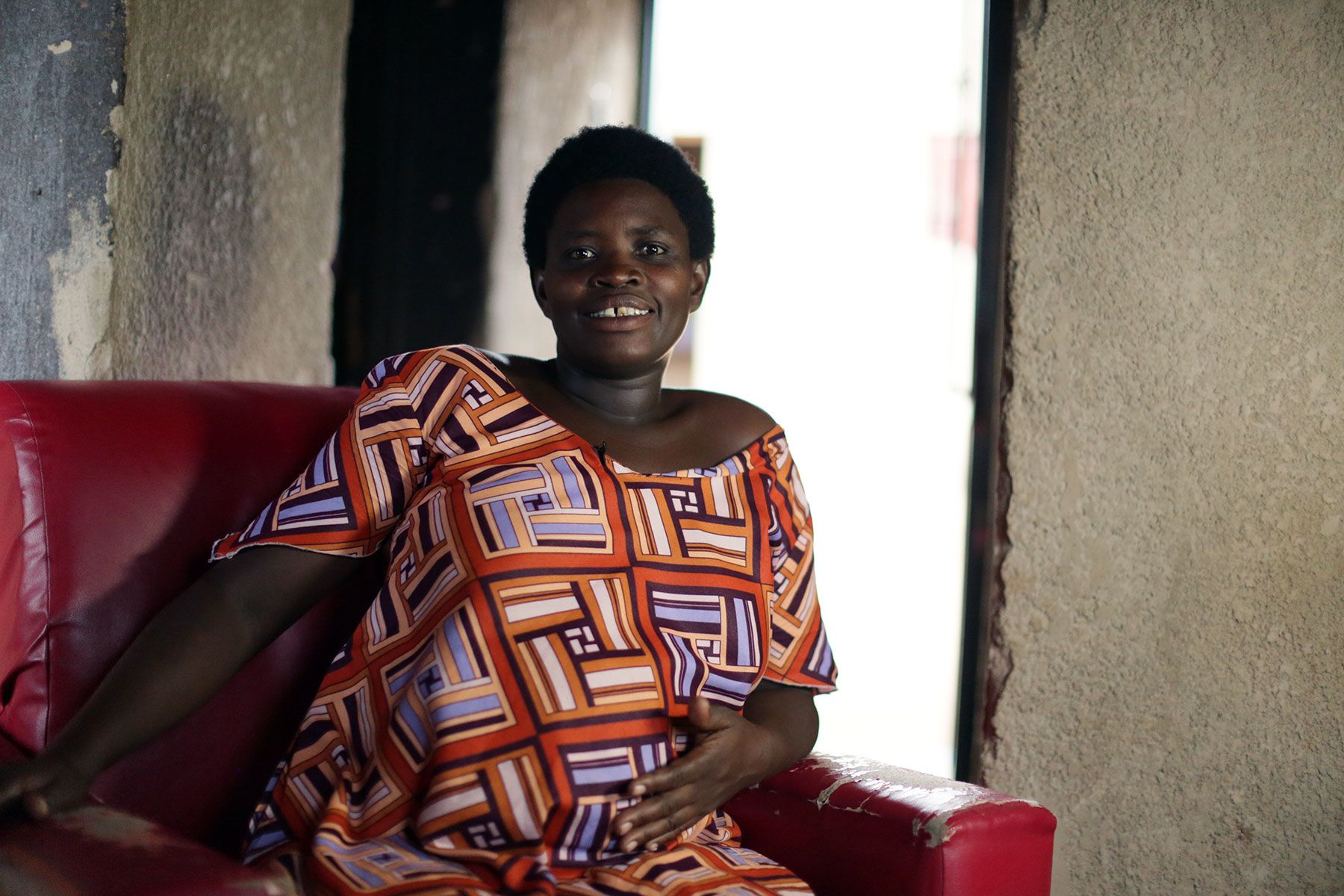
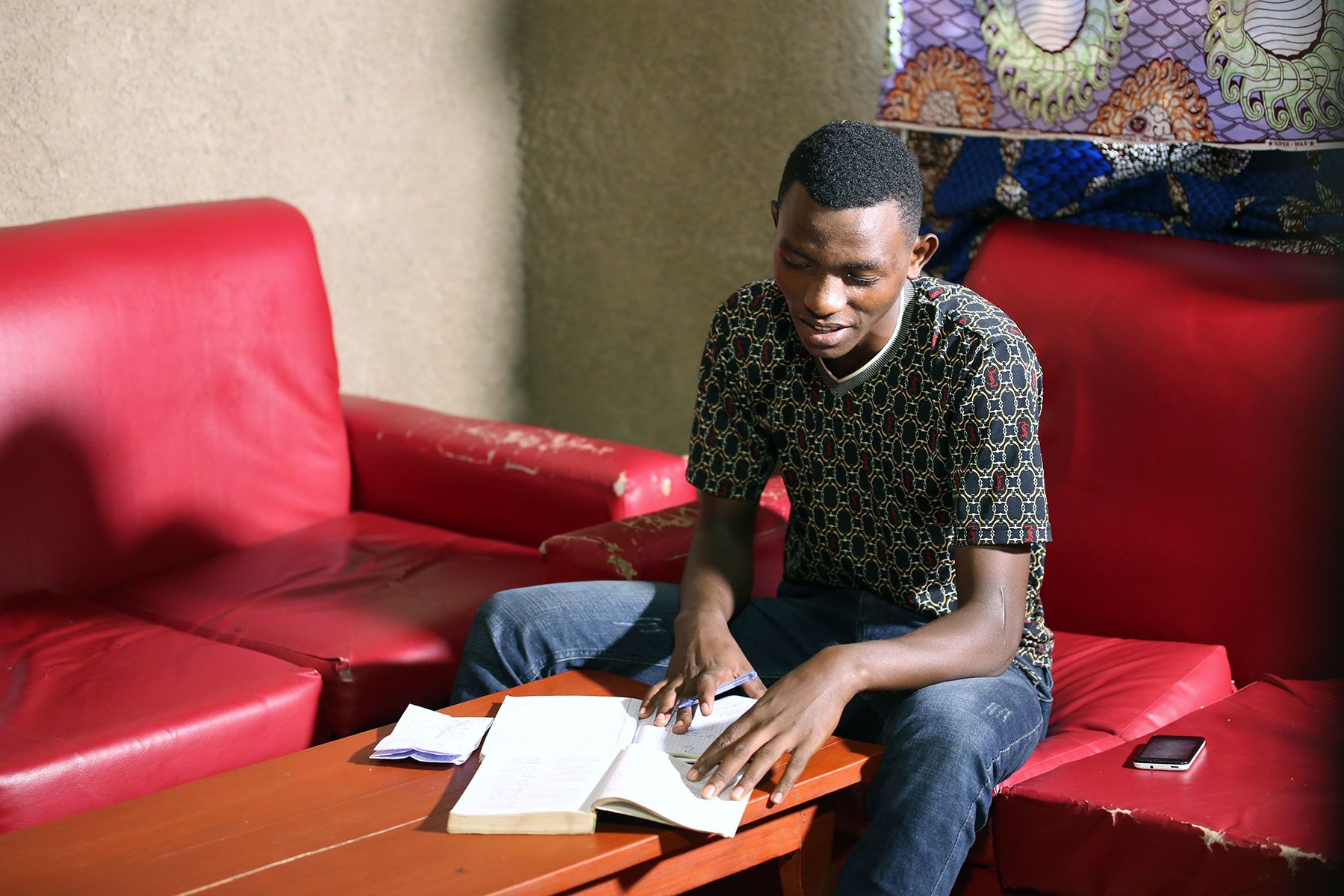
Cost matters:
Kawisafi equity promotes energy equity
The question of cost is crucial in rolling out off-grid solar in Africa and other regions. While public funds are likely to continue to be important in driving climate finance flows to developing countries, it is widely recognised that businesses will have to do much of the heavy lifting. Profit-led action by businesses will be necessary to create the new low-emission and climate-resilient markets to needed to meet the climate challenge.
The key selling point of the KaiwSafi Ventures Fund is its ability to capture the entrepreneurial energies of the private sector to provide low-emission and low-cost power to those without electricity. The fund provides financial guarantees in the form of equity and debt capital to help support low-carbon energy companies expand their reach in East African markets. GCF’s anchor capital investment in KawiSafi of USD 20 million, in addition to USD 5 million in grant funding, is designed to support companies providing affordable, clean energy to customers at the bottom of the social pyramid – mostly through solar lanterns, solar mini-grids, and integrated solar home and biogas systems.
FP005 - KawiSafi Ventures Fund in East Africa
FP005 - KawiSafi Ventures Fund in East Africa
The GCF-Acumen investment in KawiSafi is designed to bridge the gap left by wary traditional investors unwilling to take financial risks in small-scale renewable energy. It provides the financial ballast that allows low-carbon energy providers to employ innovative, high-tech ways of servicing their customers. This includes using mobile phone pay-as-you-go and digitally advanced customer data monitoring.
Amar Inamdar, the managing director of KawiSafi Ventures Fund, said KawiSaif provides the equity to companies that frees up their capital to hire people, build products and get those products to the East African market. KawiSafi also has a seat on the companies’ boards to anticipate things they might not anticipate, and see the market in a different way, he added.
Now is the time to be in the renewable energy business in East Africa, due to experiences developed by those who have already been scoping the market, falling technology prices and good regulatory frameworks, he said.
“Because of those price trends and those technology trends, we are at the moment in history where private companies experimenting in East Africa are capable of getting to people at an affordable price”
High-tech solutions to
expand the market
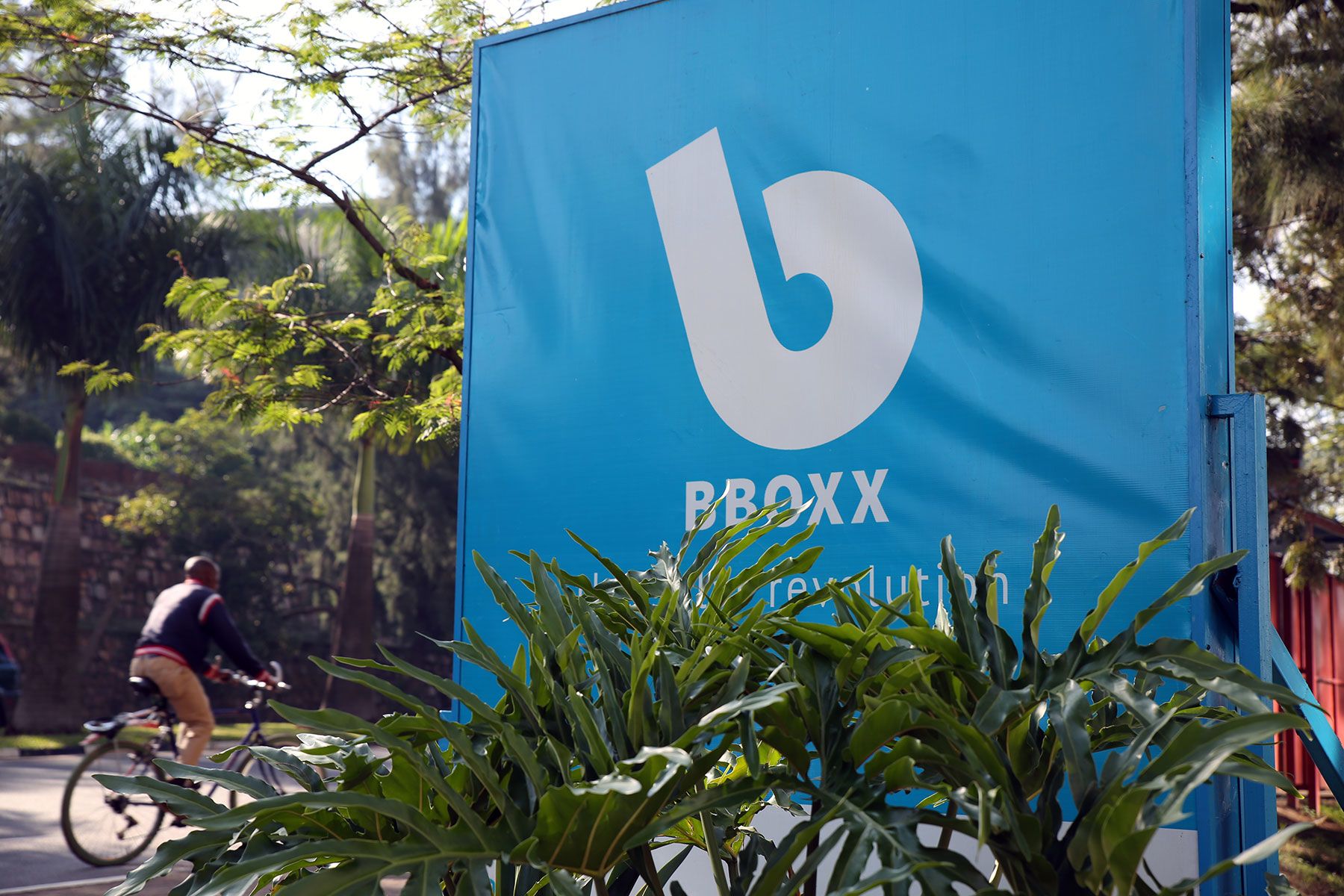
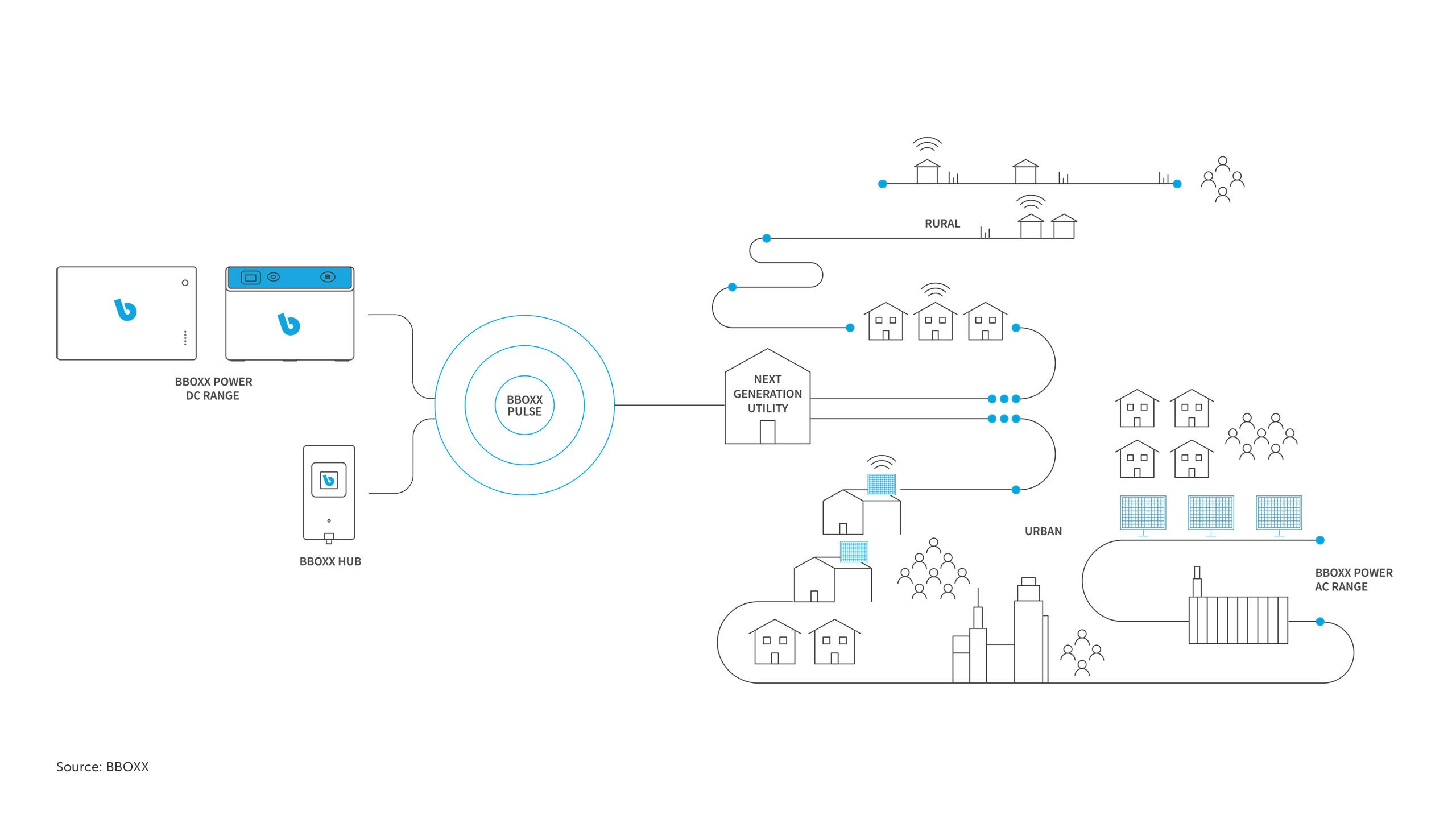
BBOXX, a UK-based, low-carbon energy utility provider, has used KawiSafi’s financial support to help spearhead its growing presence as a provider of affordable off-grid power in Rwanda and Kenya. The firm employs 600 staff, with offices in these two countries in addition to the Republic of Congo and Togo. Laurent Van Houcke, one of BBOXX’s founders and its chief operations officer, told GCF KawiSafi’s investment in BBOXX from August 2016 was a crucial part in his company’s ability to demonstrate that off-grid power is a viable commercial model in Africa. This has resulted in the firm scaling up to a point now where it has electrified a total of 60,000 households across Rwanda and 50,000 households in Kenya. The transition from the time when BBOXX was started by three students in London who saw the need for low-carbon and low-cost energy solutions for people in developing countries to today is marked.
We were astonished when we came to Africa and saw the lack of electricity access, and how much effort and money people spent on getting basic access to energy. Just charging a phone, the radio or even a TV was such a challenge for them.
Mr Van Houcke, BBOXX
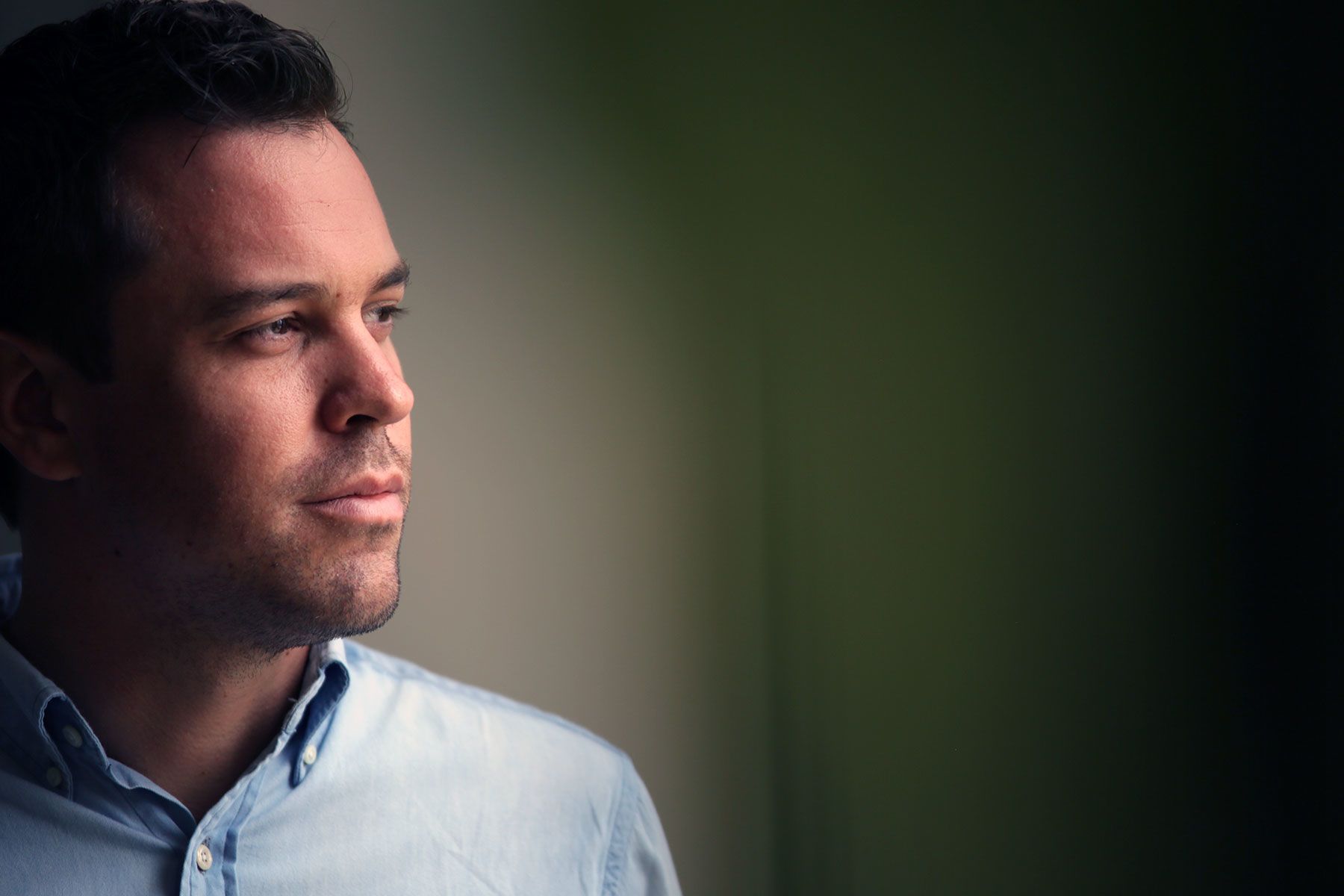
A number of high-tech innovations in Rwanda and Kenya are helping these countries leapfrog over dated ways of thinking toward power generation and supply in many developed countries to smart, off-grid solar, he said. This includes using pay-as-you-go systems with mobile phones to replace the need for cash or credit cards.
Mr Van Houcke added that nearly 100 percent of Rwanda, where the Belgian is now based, has mobile phone coverage. In addition, BBOXX’s extensive use of data analytics is a game changer in providing highly responsive services. Remote monitoring systems provide detailed information about customer activities and needs, varying from calculating how much they spend on energy, where they live, if their battery is working effectively, and if their solar panels need cleaning.
“So what we are doing here, we are building a smart grid”
“Europe, the US are all trying to build their own smart grids, but it's going to take them a lot of time and a lot of investment to change existing infrastructure. We can see in rural Rwanda how many hours of TV a customer is using. We can see if they have a technical problem, we can see the GPS location, we can see their payment patterns. All of that today is not still known in the developed world because they are still on their old grid-based, traditional infrastructure.”
The power of profit is not just important for the low-carbon energy companies such as BBOXX which are using KawiSafi to provide financial backing for their market plays. It is also a factor for grass roots entrepreneurs turning to off-grid energy. Mr Van Houcke said 30 percent of BBOXX customers in Rwanda are generating an income based on their installation of off-grid energy.
Aboubakar Ntabanganyimana told GCF the pickup in business at his shop in Gasinga village, also in the Nyamata region, was largely due to the off-grid solar panels he installed only four months ago. While the dusty street where his shop is situated is connected to the grid, frequent power cuts means his is the only business that can stay open late into the night.
“When the electricity cuts off and my lights stay on, my clientele increases”
He said his faith in continuing good business, backed by a constant power supply, has removed his previous fears that he might not be able to afford future school fees for his one-year-old son.
Rwanda redefines renewables
Rwanda represents a good launch pad for the KawiSafi Venture Fund’s ambitious plan to spread off-grid power through East Africa. BBOXX was drawn to this small landlocked nation not just because of the low rate of electrification, but because of the government’s positive policy landscape. According to BBOXX, reduced import tariffs for off-grid power equipment and the national goal of using off-grid solar to power half of the country’s population served as strong investment incentives. Ultimately, while the private sector can play an important role in channeling necessary climate finance, it will be difficult to develop burgeoning low-carbon energy markets on infertile policy ground.
The Rwandan Government intends all of its citizens to have electricity by 2024, with 48 percent off-grid and the remaining 52 percent expected to be able to access the grid, according to Tom Rwahama, energy sector secretariat coordinator for Rwanda’s Ministry of Infrastructure.
Currently, 14 percent of the total population is electrified through off-grid systems, he told GCF. While Rwanda intends ultimately to generate all of its power from renewables, the current rate is already 60 percent. Mr Rwahama added that venture funds such as KawiSafi have been instrumental in driving Rwanda’s off-grid sector.
“Without such kind of investments, the off-grid sector is too expensive for a normal investor who doesn't have support”
Recent developments show the Rwandan Government is serious about its intention to avoid following the former practices of developed nations in adopting a carbon-dominant energy system. in 2018, Rwanda was ranked fifth in the world in terms of promoting renewable energy. This ranking was largely due to its expansion of off-grid energy. By 2017, Rwanda was found to have installed 185,000 domestic solar lamps and 300,000 solar lamps throughout the country.
Rwanda provides a good example of the sweet spot that can form with the mixing of a focused government policy and a quickly emerging market. During the past few years, Rwanda has become an African model for rapid economic and social development. Following the genocide of 1994, which led to the deaths of a million and the displacement from the country of around 2 million, the United Nations Development Programme (UNDP) assesses it has made tremendous progress in many areas of social welfare.
While the relative order of the capital Kigali’s traffic offers a superficial impression of social cohesion, other indicators of declining poverty and rising economic rates mirror this. The country’s economic growth averaged 7.5 percent to 2017, one of the world’s five fastest. Rwanda’s solid economic performance has been accompanied by substantial improvements in living standards, with a two-thirds drop in child mortality and near-universal primary school enrolment. The country’s poverty rate dropped from 39 percent in 2014 to 38 percent in 2017. And Rwanda’s ecological credentials are already well burnished by its banning of plastic bags in 2008.
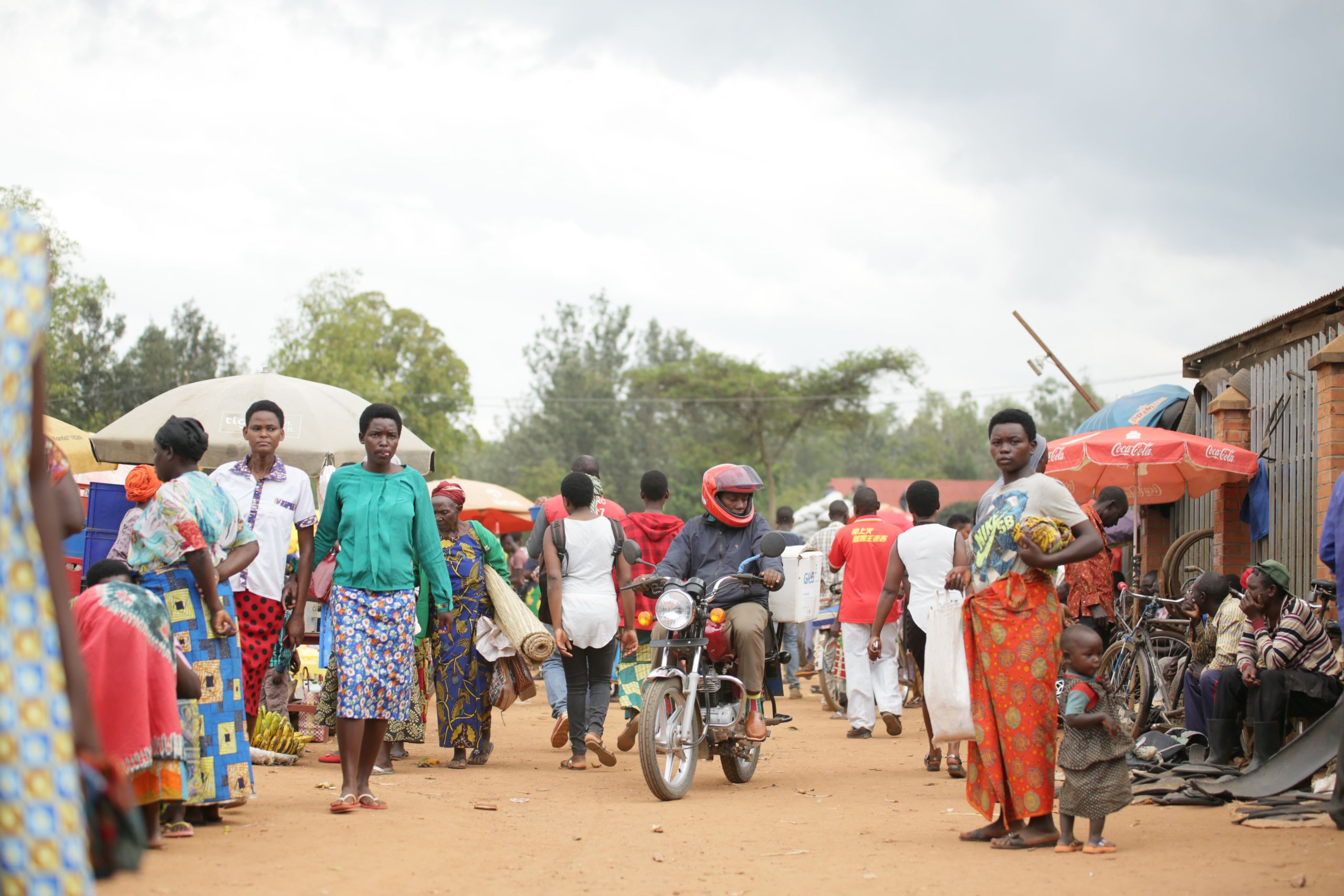
Cooking low-carbon
But while the Rwandan Government’s renewable plans are ambitious, there is still a long way to go at the local level to improve people’s access to energy - not only for lighting but energy for cooking. With a largely rural population - comprising about 70 percent of the national total - and limited access to electricity, it is not surprising many Rwandans turn to their nearby environments for materials to burn for home cooking. Rwandans currently use wood, charcoal and agricultural waste for about 83 percent of their energy needs. The extensive use of this biomass inevitably has detrimental effects on people’s health, as well as the environment. A study has found that one in four Rwandans are affected by respiratory diseases, while cooking with firewood, charcoal, petrol and other fuels is a major culprit.
Nyirahirwa Pascazie, 40, previously was only able to use wood and charcoal for an indoor stove when cooking family meals. “In the morning, I would wake up with a sore throat and I would cough up black smoke,” she said from her home in Murehe village in the region of Jabana, northwest of Kigali.
While her family still has the indoor stove, the addition of a BBOXX home biogas system adjoining their home two and a half years ago has freed up her family’s life. “Before getting the biogas system, my children would need to go and collect firewood,” she said. “But there were times when it would rain and the children would come back without firewood, and we would sleep without eating because we were unable to cook.”
Similar to their solar panels, BBOXX provides the biogsas systems to customers on a pay-as-you-go basis. Customers collect cow dung to feed into the systems, which look like small compact tents with a funnel at the side. The biogas converters then turn the dung into methane gas which is combusted to provide a flame for cooking. A lack of access to clean cooking is certainly not a problem Rwanda faces alone. This is the experience of about 3 billion people throughout the world.
Time and energy
In Rwanda and elsewhere, a common problem faced by those without adequate access to electricity or other forms of usable energy is an absence of time. The arduous task of collecting firewood or travelling to the nearest township to recharge a mobile phone takes away time spent with the family. A lack of lighting takes the time away from children they could use to study at night. While considered individually, these are inconveniences. When considered cumulatively, these inconveniences reduce the productivity of individuals, families and nations. Televisions provide information about the outside world, refrigerators cut down drastically on the spoiling of famers’ produce before it reaches the market, and solar water pumps improve their yields.
The governments of countries such as Rwanda realise that a lack of access to energy stunts the ability of their nations to modernise quickly. That is why they are supporting measures such as the KawiSafi Ventures Fund to capitalise on the private sector to provide off-grid power to the energy deficient at affordable prices. Low-carbon innovations using off-grid power sources will likely continue to be stepped up to enhance access to energy, and thereby improve global equity. This is especially important for countries which have large rural populations that are currently energy poor.
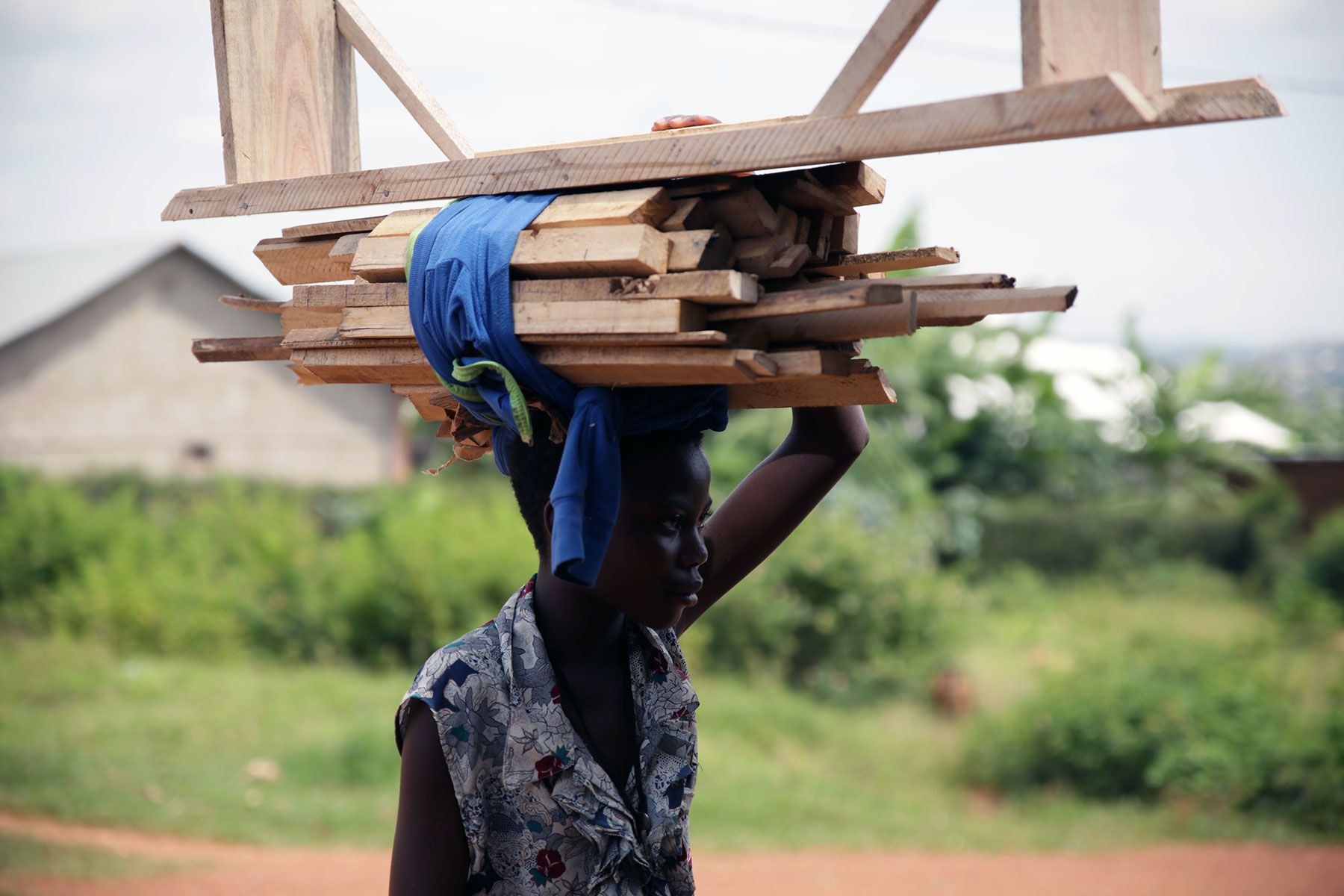
All renewables great and small
But the nature of development means this situation is not static. Those nations that are energy poor now are likely to become dependent on far more extensive power supplies as their economies grow. The IEA predicts that developing countries will account for much of the predicted increase in the percentage of electricity in the global energy mix from 19 percent today to 24 percent in 2040. Bloomberg New Energy Finance predicts that increasing populations, GDP growth and enhanced access to electricity in emerging countries, including those in Africa, will more than double global electricity demand by 2050. The uptake of electric vehicles, the increased need for air conditioning to deal with climate change and increased power needed for advanced computers could lead to major spikes in electricity demand in developing countries.
Andrew Scott, an expert in energy access for poverty reduction at the Overseas Development Institute, said the energy poverty question is just one facet of the broader climate challenge.
“It is certainly important to expand global access to electricity for those who need it. But to keep account of the broader climate picture, we need to ensure that developing countries move to decarbonise their growing energy systems at both the small and large scale.”
Mr Scott highlighted positive trends in “efforts to meet the need to ensure that by mid-century all of the world’s electricity generation needs to be zero carbon.” “Studies by the International Renewable Energy Agency show it now makes the best economic sense to use renewables in installing new electricity generation capacity,” he said.
GCF realises the climate crisis and the rapid development of national power systems responding to accelerating energy demand in developing countries means all avenues should be explored in helping to drive a renewables revolution. That is why, in addition to the KawiSafi Ventures Fund, GCF will continue to support large-scale renewable infrastructure as well, including Egypt’s Beban solar park – scheduled to be the world’s largest array of solar power. The need to move rapidly to renewables is becoming increasingly stark. A recent study finds that even carbon emissions from existing and planned fossil fuel energy plants and projects will exceed the amount needed to curb global warming.
While the world is already about 1 degree hotter than pre-industrial times, the Intergovernmental Panel on Climate Change (IPCC) says that to keep this temperature rise below 1.5 degrees means cutting global emissions by 45 percent by 2030 and reaching net zero by 2050. The accelerating need for climate action across the planet means that all renewable measures need to be deployed - ranging from the small-scale solar panels helping to light up rural people’s lives in Rwanda to huge solar farms powering the emerging economic giants of the future. This is the only safe way to give more power to the people.


